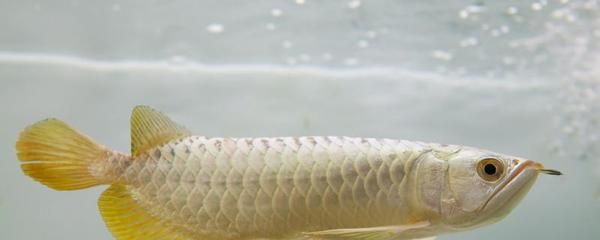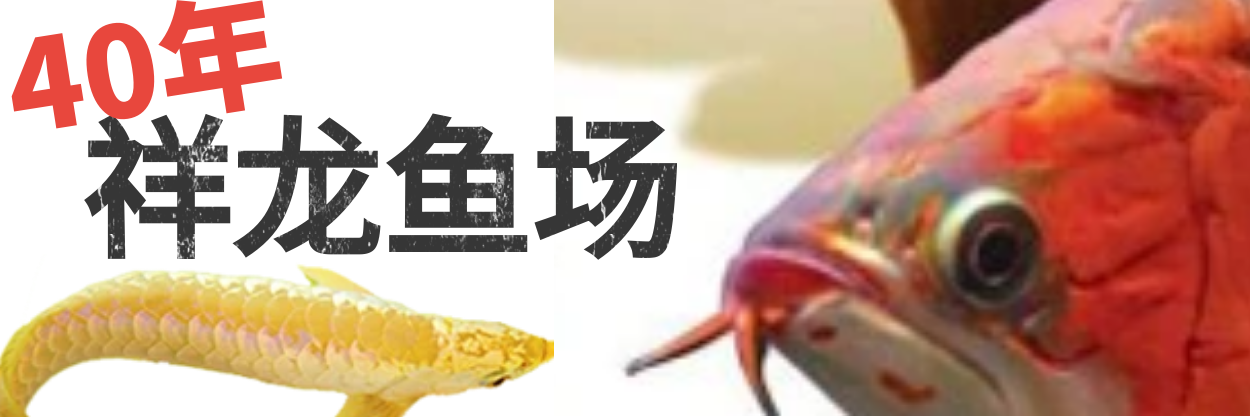银龙鱼英语怎么说(arowanaincaptivity)
1、What is the scientific name of the silver arowana?
2、Where is the native habitat of the silver arowana fish?
3、How large can a fully grown silver arowana get?
4、What are the dietary requirements for a silver arowana in captivity?
5、Are there any specific water quality parameters that need to be maintained for keeping a silver arowana healthy?
Answers:
1、The scientific name of the silver arowana isOsteoglossum bicirrhosum. It belongs to the family Osteoglossidae and is also known as the Asian arowana or dragon fish.
2、The native habitat of the silver arowana spans across Southeast Asia, including countries like Malaysia, Indonesia, Thailand, and Myanmar. They are typically found in slow-moving rivers, floodplains, and peat swamps with dense vegetation.
3、A fully grown silver arowana can reach impressive sizes. In the wild, they can grow up to 80 cm (about 31 inches) in length, although in captivity, they usually grow between 45 to 60 cm (18 to 24 inches). Their size can vary based on factors such as diet, tank size, and overall care.

4、Silver arowanas have specific dietary needs to thrive in captivity. They are carnivorous and primarily feed on small fish, insects, crustaceans, and other small aquatic animals. In an aquarium setting, it's important to provide a varied diet that includes live or frozen foods such as brine shrimp, bloodworms, and small fish. Occasionally, they may also accept high-quality pellets designed for carnivorous fish.
5、Maintaining optimal water quality is crucial for the health of a silver arowana. Key parameters include maintaining a temperature range between 75-82°F (24-28°C), a pH level between 6.0 and 7.5, and slightly soft to moderately hard water. Regular water changes and efficient filtration are essential to keep ammonia, nitrite, and nitrate levels low. Additionally, providing adequate aeration and ensuring clean water





发表评论